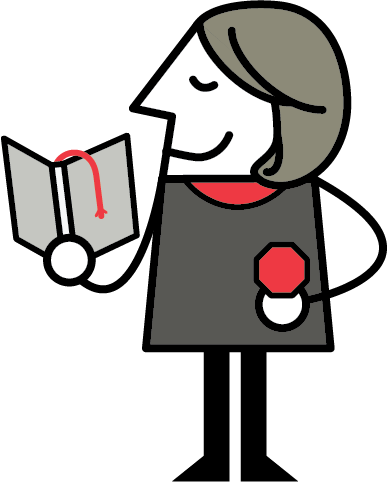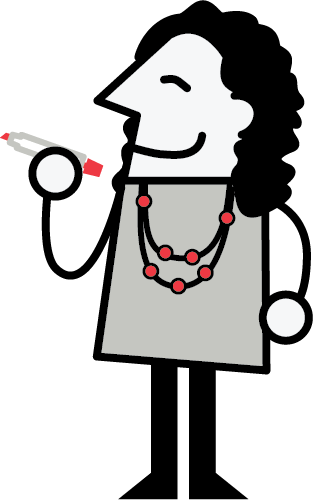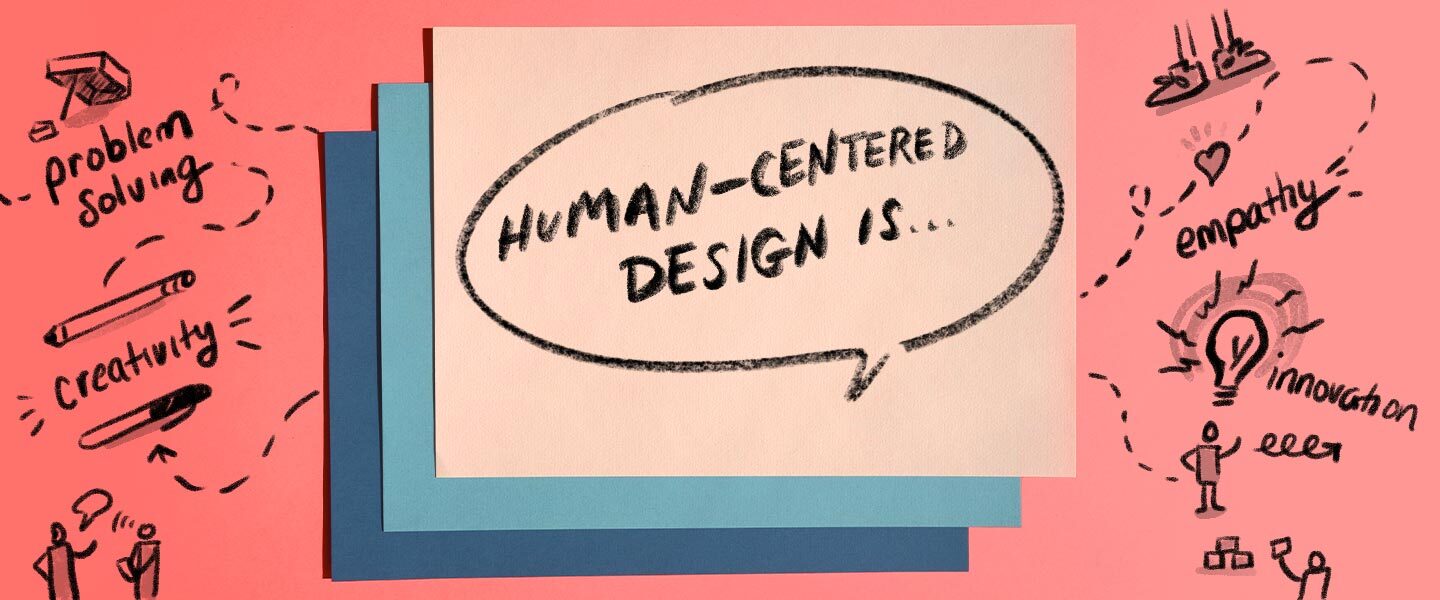It can be a puzzling task to quickly explain the power of human-centered design to someone who is unfamiliar with it, whether you’re an experienced practitioner or just beginning your design journey. How might we succinctly define this way of working that can yield so many different, impactful results? What’s the “elevator pitch” for human-centered design?
LUMA’s official definition of human-centered design is ”The discipline of developing solutions in the service of people.” But we were curious to hear what members of the LUMA Community think. So we asked our teammates how they’d define human-centered design in the most concise way possible. And while everyone’s answers varied at least slightly, some common themes emerged! Largely, our Community members were drawn to the topics of empathy and creative problem solving.
Check out their full answers:

Deisiane Bresolin
LUMA Instructor
“Human-centered design is transforming the way you work and live through empathy.”

Jori MacNaught
LUMA Instructor
“When talking to folks who know nothing about human-centered design or what I do, I like to explain it this way: ‘I teach professionals across geographies, backgrounds, cultures, industries, and roles to be even better collaborators and problem solvers in their daily work and personal lives.’”

Emily Holmes
LUMA Instructor
“We use empathy to uncover meaningful problems to solve, and then tap into our innate creativity to come up with innovative solutions to those problems.”

Ashley Jablow
LUMA Instructor
“Human-centered design is an approach to innovative problem solving and creative idea generation that starts with understanding other people’s lived experiences.”

Jon Hensley
UX Design Director
“Human-centered design involves gaining empathy for the challenges people face and involving them in creating solutions that make their lives easier.”

Denise Belling
LUMA Instructor
“I respond to this type of question with ‘Tell me about what YOU do, and I’ll share what human-centred design is, using an example of how it might be applied to your context/situation.’”

Kate King
LUMA Instructor
“Human-centered design is a set of values and tools that use empathy to put people’s needs at the heart of creative problem solving. It’s about understanding people to make stuff better.”
Given the fact that human-centered design can impact so many different aspects of our professional and personal lives, there are a multitude of phrases and metaphors to describe it. But it’s clear the LUMA Community is on the same page about one thing: human-centered design is about making things better, together.

